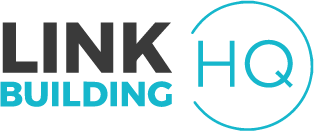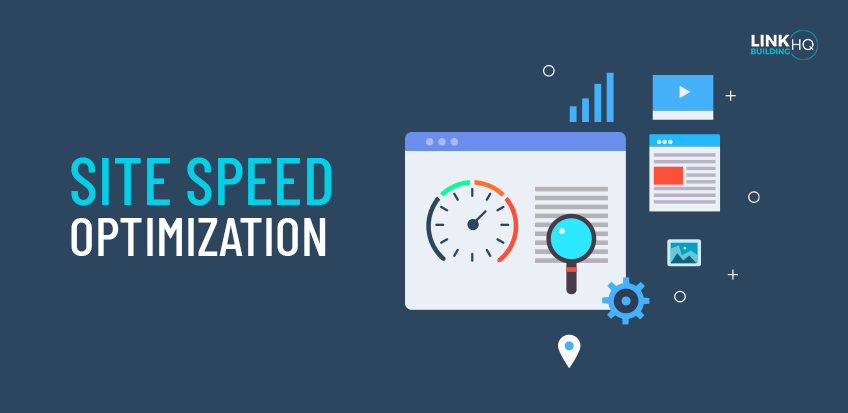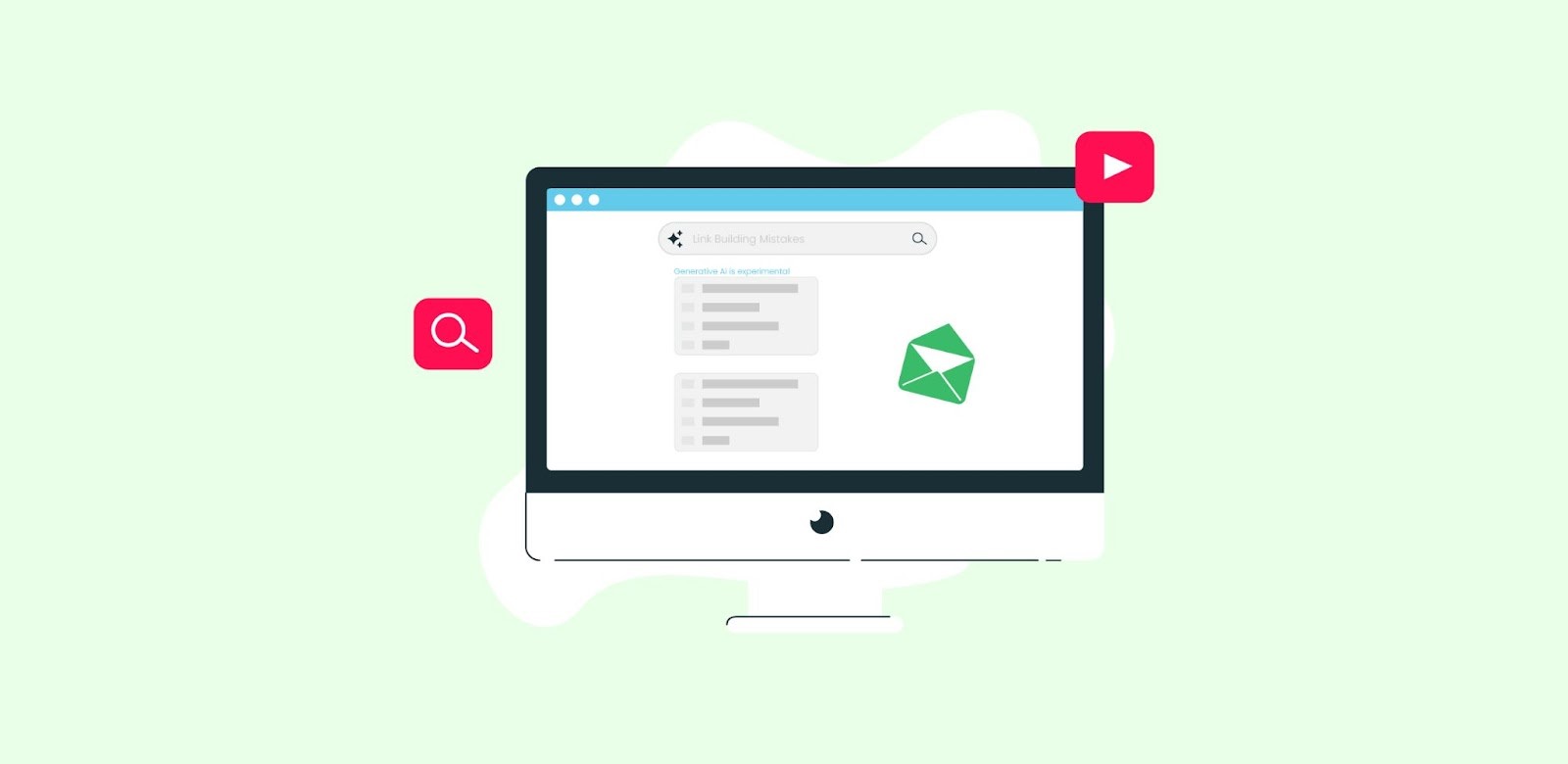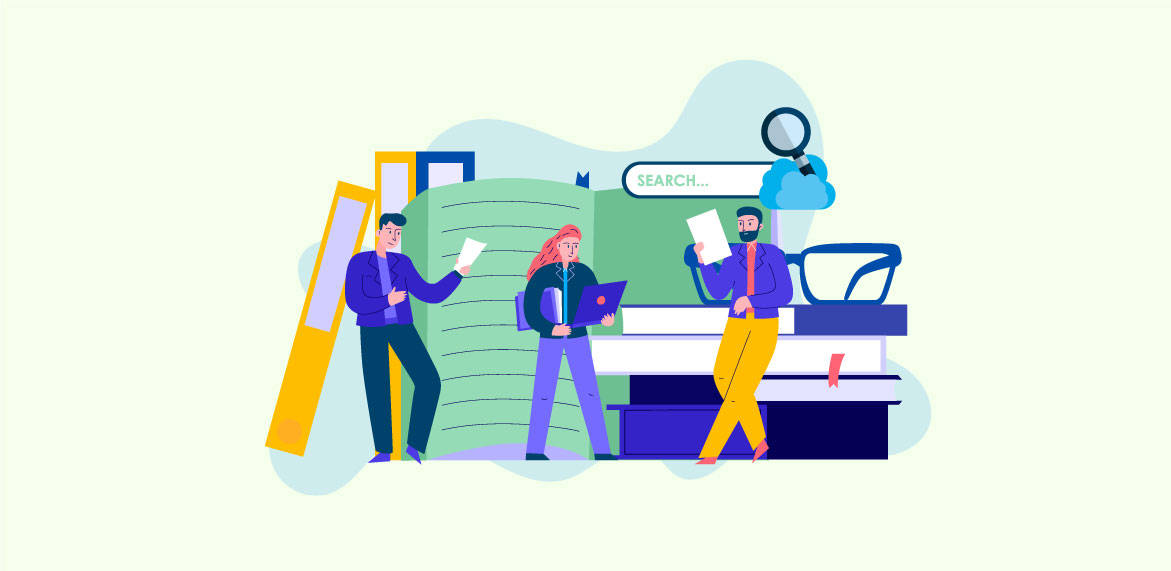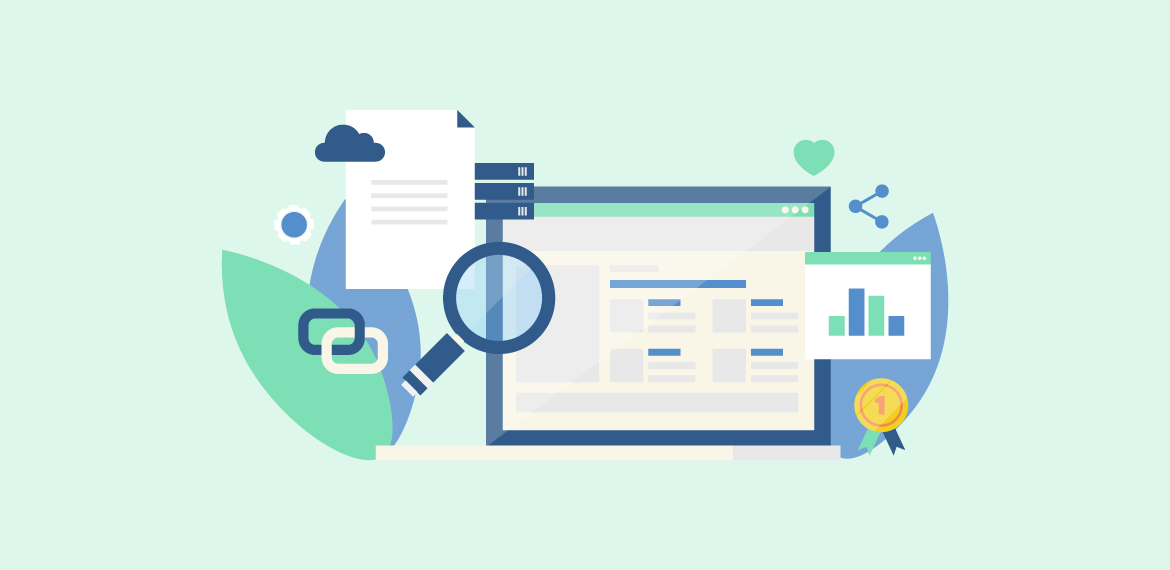Optimizing site load speed: A guide for SEMs and SEOs
Search Engine Optimizers (SEOs) and Search Engine Marketers (SEMs) both have to deal with a wide array of optimization elements for promoting the websites. Site speed optimization is one of Google’s most significant 200 ranking elements. Even though SEO is solely related to ranking sites higher on search engines and SEM includes marketing tactics as well, site speed optimization is their mutual area of interest. It makes this guide equally useful for both professionals.
Let’s talk about “what,” “why,” and “how” of website speed optimization.
What is site speed?
It is the measure of time how quickly a website’s content gets displayed in front of the visitors.
“Lesser loading time = More site speed.”
Why is site speed important?
According to a study by Akamai, a one-second delay in website load time leads to 11% fewer page views, a 16% decrease in customer satisfaction, and a 7% loss in conversions. Likewise, it is directly proportional to the bounce rates. The bounce rate against 1 second page load time was recorded at 7% and shot up to 73% in 16 seconds.
Contrarily, the lesser site speed time translates into higher average stay time, more pages per session, decreased bounce rate, and, ultimately, more goal conversions.
Remember, whether you are running paid advertisements or striving to rank organically, getting clicks is useless if visitors are bouncing back.
Visitors get to see the aesthetically pleasing design, useful functionalities, and valuable content only if the website loading time is acceptable – 3 seconds is considered as the threshold. If the website is taking much time to load, then these bells and whistles might remain out of the user’s sight, making them of no use.
Now, let’s look into some ways that you can use to improve your site speed.
Problem identification – conduct a site speed test
SEMs must conduct site speed tests first to identify load time issues. Conduct a thorough loading time test for your entire site, especially the most important pages, such as the home page, blog, and services or product pages, also known as money pages. However, this varies for each website and webmasters know best what are the most important pages for them.
Manual testing is a daunting challenge. Hence, you need premium tools to get deep, valuable insights to the surface.
Site speed evaluation tools
If you are not open to premium tools, then using Google Pagespeed Insights is a pretty good option. This performance evaluation tool works both for desktop and mobile. Additionally, it provides recommendations to decrease the loading time. However, its features are somewhat limited as compared to the premium tools available in the market.
In the premium category, my recommendation is Pingdom. It is an easy-to-use tool that generates detailed and easy-to-understand site speed reports. You can narrow down the analysis to different geographical regions, which makes it extremely beneficial for local SEO optimization as well.
Now, let’s head towards an essential part of this site speed optimization guide, i.e., how to increase conversions by decreasing website loading time.
Here we go!
5 practical Tips for Site Speed Optimization
1. Content Delivery Network
This is a geographically distributed network of proxy servers, also known as Distributed Delivery Network. The chief purpose of CDN is to provide web content faster to the end-user.
If a website only relies on a single server, then network congestion happens, and it turns into lesser site speed. Contrarily, in the presence of more servers, requests load splits; they get redirected to the nearest servers, and content is delivered faster. It is an expensive option but decreases an effective measure for site speed optimization.
2. Using web development libraries that support deferred loading content
It is essential to display the content in front of the user faster, but it is not necessary to download all elements of the page at once. For example, if there are multiple heavy images on your website, then display the initial view first. Afterward, update asynchronously according to the user scrolling pattern. By doing so, page loading does not take much time. This process is also known as lazy loading.
Several web development libraries are present to defer loading content. Some dominant names are Ajax, jQuery, and Prototype.
3. Implement Plugins Carefully
Nowadays, plugins are high in demand to avoid manual coding. However, using many plugins often backfire in the form of decreased site speed. Site optimizers should refrain from using plugins unless absolutely necessary.
Only those plugins should be used that saves from complex actions and expensive server processing; otherwise, it might lead to performance degradation.
You should buy high-quality plugins from highly reputed developers to stay out of warm waters. Remember, even using a single low-quality plugin can mow down your site speed.
4. Image optimization
Images are necessary to make your content visually appealing. However, the key is to balance the image quality, reasonable image dimensions, and loading time. You should place the visually appealing images but not at the expense of decreased site load speed.
Site optimizers can take the following measures for image optimization.
- Correct file format
Image formats are directly related to file sizes. If there is no need for image transparency, then JPEG is suitable for photographic images at smaller file sizes. GIFs should only be used for simple animations. Moreover, avoid TIFF or BMP to a possible extent as they are large.
- Image resizing – Image editor is a better option than setting HTML attributes
A large image has a bigger file size than smaller ones, so I prefer to use image editors for resizing to decrease file size before uploading to the site.
Rather than first saving large images on your site and then resizing them by HTML attributes, initially make them smaller in the image editors. Save it with new dimensions and then use it on your website to eliminate unnecessary downloading time.
- Image optimization WordPress plugins
Using high-quality WordPress plugins such as Optimol and Imagify is an optimal choice for image compression. The bottom line is to use those plugins that compress images externally; otherwise, your site speed may go down because of the compression process.
Remember, merely relying on plugins is not the recommended approach. You should readily take care of image sizes at the time of uploading them in the WordPress media library to save the web host’s disk space. Ideally, the size should be less than 2 MB. Afterwards, use plugins like a cake topping to reduce image size further.
5. Minimize Redirects
Analyze your site test scan reports and see the number of redirects. You should try to minimize or eliminate redirects completely, if possible, because they create additional load for the server to reroute visitors, which can slow down your site speed.
Some redirects are necessary. For example, redirecting your audience from an old to a new page, fixing the website’s permalink structure, or temporarily redirecting traffic on other URLs because of ongoing page maintenance. Such redirects are critical for not losing traffic. Moreover, WordPress provides some fantastic plugins to make redirection easy.
Other than the aforementioned scenarios, redirecting visitors often proves to be detrimental to loading speed. For example, some websites redirect users to their landing pages. Doing such things does not increase the chances of conversions; instead, the visitors become annoyed because they are not accessing the relevant content.
The takeaway is not to use plugins that cause site speed reduction. Otherwise, not only does the site speed shatter but also the average pages per session and average stay time go down.
Wrapping Up
Load speed time is an essential factor of SEO and has a direct effect on page views, decreased customer satisfaction, conversions, and bounce rates. Professionals should optimize their site speed as a whole and focus primarily on their most important pages for higher ROI.
They should use premium site-speed test tools to identify the underlying site speed issues. Start from the big troublemakers and then come down to the minor ones to enjoy noteworthy results. This process is not a piece of cake, but consistent efforts would translate into higher conversion rates.
